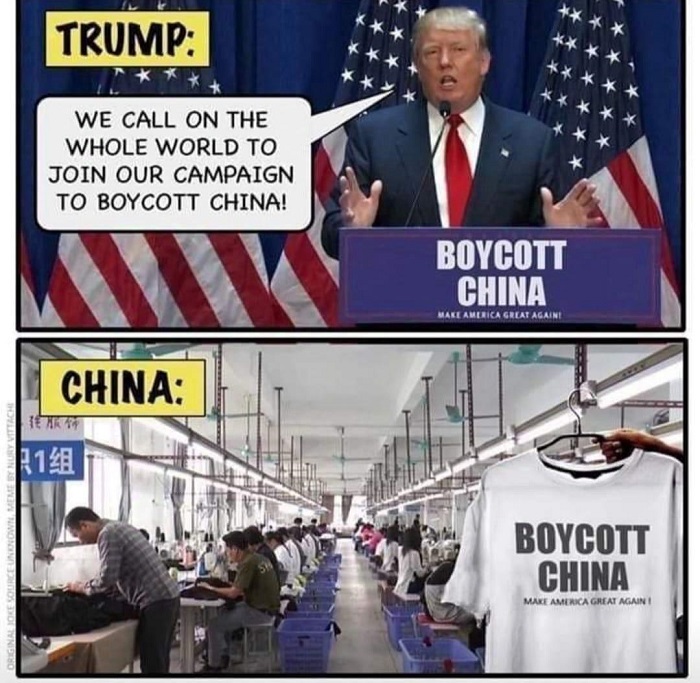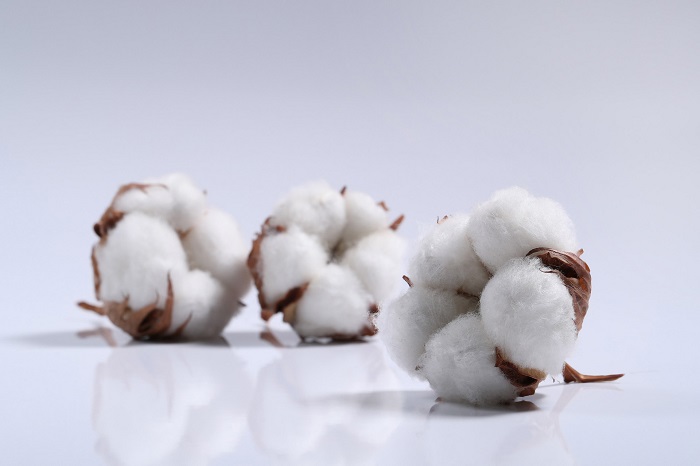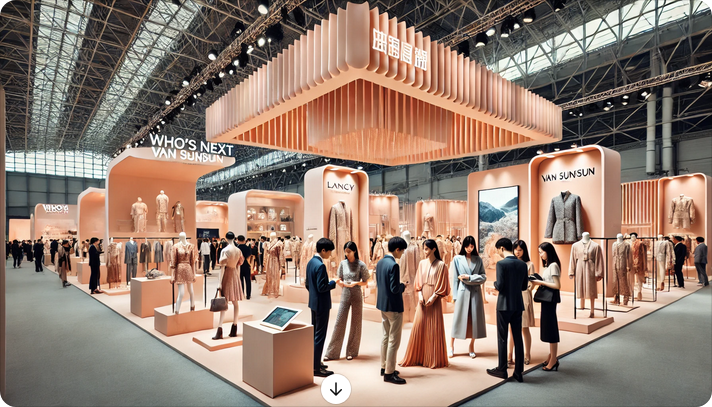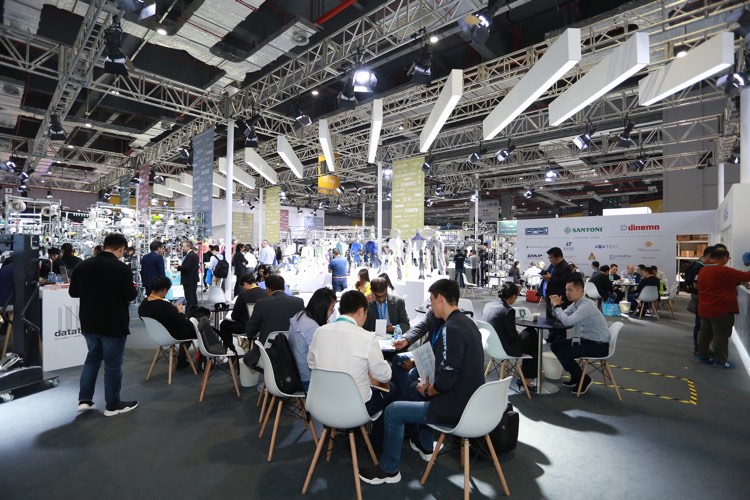FW
Australian cotton growers will now have a system to produce cotton under both the myBMP and BCI banners. The myBMP certification is Australia’s management practice certification system for the cotton industry. It is a free, on-line farm management tool that helps cotton growers manage their responsibilities to the natural environment and their workers. It helps reduce risks around the farm, meet legislative requirements and keep the paperwork in order. The program is a place for growers and the cotton industry to access the latest scientific knowledge, information and resources, find solutions to challenges and access a wide variety of tools to help operate at optimal efficiency.
Cotton Australia is a member of Better Cotton Initiative. The agreement means that Cotton Australia’s cotton can now be sold in the global market as BCI cotton. The agreement recognizes Australia’s leading role in the production and promotion of responsibly grown cotton.
Access to future growth markets is of tremendous importance to Australian cotton growers, in the face of stiff competition from synthetic fibers. The new agreement and its promise of enhanced market access will encourage more Australian growers to achieve full myBMP certification. It recognises that the cotton growing enterprise has met all best management practice requirements and is operating at the pinnacle of cotton growing practice.
Recycling by clothing retailers in many advanced countries takes the form of donating unsold items to charity. However, recycling is an alternative only after products can no longer be sold at reduced prices or through secondhand shops. Women’s fashion especially changes so quickly that retailers are now donating instead of throwing away unsold clothes. Much of this discarded clothing finds its way to Africa, where it’s snapped up by shelters for children and abandoned women.
For companies, recycling remains primarily a means to polish their public image. Companies have recognised the interest of consumers in environmental issues. Now they want to soothe the bad conscience of consumers and effectively encourage people to buy more clothes. However there are experts in sustainable design who are unconvinced of the benefits of the newfound enthusiasm of clothing retailers to recycle. They say recycling only increases the circulation of materials and that it would be more reasonable for the environment if consumers bought good-quality, long-lasting clothes.
In addition, they are unsure about the benefits of sending unsold clothing items to Africa. They say the underlying idea is good but that the amount of textiles sent to Africa by western countries is currently so enormous that it threatens the local textile industry.
The global textile machinery market is estimated to grow at a CAGR of 14.02 per cent from 2013 to 2018. One of the major trends is the growing number of technological innovations. For example, knitting machines with reduced environmental impact have been in huge demand in Europe for the past few years. This has been driven by the number of environmental pollution control norms implemented in recent years. Also, various machineries with higher output efficiency have been developed of late.
One of the major drivers of growth in the automotive and residential construction industries as textiles are mainly used in the manufacture of upholstery in homes and vehicles. Textile machinery is used to produce yarns, fabrics, and threads and in the finishing processes of the textile industry. There are four major types of textile machinery, spinning, weaving, texturing, and knitting machinery.
However, despite the presence of several drivers, the growth of the global textile machinery market is curtailed by various challenges like high market volatility. Dynamic and unexpected changes in the market pose a huge threat for vendors.
Dubai will host the maiden International Textile Fair (ITF) from November 3 to 4. It is the first such dedicated event in the Gulf region, targeting designers and manufacturers. It will bring together traders from across the world under one platform and is expected to boost UAE's booming textile industry, which is growing at 9.9 per cent annually.
Visitors from India, Pakistan, Bangladesh, Sri Lanka, United Arab Emirates, Oman, Iraq, Libya, Sudan, Saudi Arabia, Qatar and other Gulf Cooperation Council countries are expected. The UAE is a leading center for textile industry automation with the presence of about 150 apparel manufacturers. Accounting for about 5.5 per cent of annual global textile and clothing sales, the UAE has emerged as the world's fourth largest trading centre of fashion and apparel.
Gulf countries are gradually becoming the world’s leading textile manufacturing and trading centers due to a sound economic environment and fair trade practices. By 2016, the UAE is projected to emerge as the leading high-end textile and garment re-export center. The ITF is supported by the Textile Merchants Group, representing 800 wholesale textile traders of Dubai. In future, the organisers plan to hold the exhibition twice a year.
Vietnam's fabric and clothing exports grew 18 per cent on an annualised basis throughout the first five months of 2014. The US was the largest importer of Vietnamese textile products in the first five months. Japan came next followed by South Korea.
Regional minimum wages in the country grew by an average of 9.9 per cent in 2010, 30.1 per cent in 2012 and 15.2 per cent in 2014. A number of companies have cautioned the government that any minimum wage increase remains in line with the growth of Gross Domestic Product and overall inflation levels. Wage adjustments would largely affect the garment, footwear and fishery industries.
During the five-month period, Vietnam's yarn export registered an increase of 18 per cent. China was the biggest importer from Vietnam followed by Turkey and South Korea. Vietnam’s cotton imports soared by 33.2 per cent year-on-year during the initial five months of 2014. Yarn imports grew by 9.2 per cent year-on-year.
The Vietnam Textile and Apparel Association has called on the country’s manufacturers to consider importing yarn and fabrics from countries such as India, Indonesia, Malaysia, South Korea and Thailand. This comes as a bid to reduce Vietnam’s dependence on China, its main supplier to these sectors.
China's textile and apparel industry has been in a transitional phase since 2013. In January 2014, the temporary policy of purchasing and stockpiling cotton was cancelled. For textile and apparel companies, in the short term, the gross margin will be reduced as a result of cotton price decline, raw material inventory depreciation and falling product prices. However, in the long run, lower production cost is helpful to improve gross margin.
Compared with the sluggish growth of traditional channel consumption, online sales of textile and apparel companies grew rapidly. In the first quarter of 2014, China's online retail sales saw a jump of nearly 46 per cent, accounting for 9 per cent of total volume of retail sales, thus becoming a new growth engine for domestic demand.
While online business grows, apparel sales through traditional retail are still faltering due to the double blow of consumer recession and the diversion of business to the online channel. In May 2014, apparel retail sales of China’s top 100 large retailers saw a year-on-year increase of 5.4 per cent, still 0.7 percentage points slower than that of the same period last year. In the branded apparel segment, casual wear and home textiles have resumed growth while men’s wear and women’s wear are yet to pick up.
The tenth edition of Shanghai Mode Lingerie will be held October 20 to 21, 2014. The event brings the lingerie and swimwear industry worldwide together. It will have a series of conferences and B2B meeting programs.
Since 2005, Shanghai Mode Lingerie has been host to over 250 Chinese and international brands, bringing together leading distributors in Asia with local and international brands looking to grow their footprint within Asia and build on their international brand recognition. This year Shanghai Mode Lingerie will feature more brands. Top agents, distributors and department stores are visiting the show. Additionally, the collaboration with Shanghai Fashion Week is on again and there will be several fashion shows during the two days. The gala fashion show hosting VIP buyers, designers and retailers will be held on the first evening of the show.
Visitors can get information on spring/summer 2016 trends and meet fashion designers, international brand leaders, distributors and agents, managers of department stores. Held along with Shanghai Mode Lingerie is Interfilière Shanghai. With more than 270 specialized exhibitors expected, Interfiliere Shanghai will have a layout of seven product-based sectors. These are fabrics, lace, embroidery, accessories and trims, garment manufacturers, textile design, machinery and software.
www.interfiliere.com/shanghai/en/the-show/shanghai-mode-lingerie
The All Pakistan Textile Mills Association (APTMA) has rejected the gas load management schedule announced by Sui Northern Gas Pipelines Limited (SNGPL) and the Water and Power Development Authority (WAPDA). They have appealed to the government to take stock of the situation and save the largest foreign exchange earning sector from total collapse.
APTMA says the load management schedule announced by SNGPL and WAPDA is not workable as the feasibility of the industry is based on a 24-hour working day whereas the industry based in Punjab is getting energy (both gas and electricity) for only 14 hours a day. Pakistan’s textile industry feels it has become non-competitive following the appreciation of the rupee against the dollar and the hike in gas and electricity rates studded with the additional 45 per cent gas infrastructure development cess.
It says the decision to divert 250 million metric cubic feet of gas a day to government-owned power plants would only increase the circular debt because the energy generated by these inefficient companies would not make any difference due to massive line losses, theft and leakages, which are on the rise with every increase in the tariff. Exporters are unable to deliver orders on time due to the energy shortage and continuation of the new gas and electricity outage plan.
www.aptma.org.pk/
The Bangladesh government has decided to make the reports on assessment of garment factories public following pressure from both local and international sources. The National Tripartite Committee (NTC) at a meeting chaired by labour secretary Mikail Shipar held last week, decided to make the inspection reports, prepared by the Bangladesh University of Engineering and Technology (BUET), public.
The factory inspection reports will soon be uploaded on the DIFE database after formulating the common template. A common format would be followed for the reports done by Accord, Alliance and BUET. Recently the Human Rights Watch (HRW) had demanded that the government should disclose the findings of ongoing apparel factory safety inspections carried out by the government and other groups both in Bengali and English to help the workers know actual conditions of their workplaces.
However, at the OECD (Organisation for Economic Cooperation and Development) ministerial meeting in Paris held on June, 26, Karel De Gutch, EU Trade Commissioner asked the Bangladesh government to accelerate the recruitment of inspectors and publish the inspection results. While BUET has so far assessed 252 garment factories and submitted its first initial report in January. Later in April it handed over the final reports of 200 factories to the DIFE. But till date no reports have been published. On the other hand, Accord and Alliance have already made some of their assessment reports including corrective action plan public on their respective websites. They are also on the process to upload the more reports in the coming days.
In July, 2013, Bangladesh, the EU and the ILO agreed to a compact on labour rights and factory safety which was later joined by the US government, to create a publicly accessible database listing all RMG and knitwear factories, as a platform for reporting labour, fire and building safety inspections.
www.bangladeshaccord.org
A Hong Kong team has developed a self-cleaning cashmere that uses energy from the sun. The technology coats cashmere fibers with tiny particles that help break down bacteria, dirt and even coffee and wine stains. Within 24 hours of daylight exposure, red wine or coffee stains disappeared.
Researchers have applied a coating of the mineral anatase titanium dioxide to cotton and wool since 2002, but this is the first time the technology has been applied to cashmere, a fabric that is very expensive to clean. Retaining the softness of the fabric and also preventing damage to the delicate fibers from the oxidisation process was a huge challenge.
If commercialised, the process could lead to substantial savings on energy, water, washing liquids and dry cleaning chemicals. The price of the treatment would only increase the cost of production by one per cent or so. Washing and dry-cleaning do not remove the coating from the fibers. Anatase titanium dioxide is not on the list of materials restricted by the US.
However, questions remain. Sunlight is not available 24 hours a day. Direct sunlight may not always be available. Whether diffused sunlight will work is uncertain. There’s also a doubt whether sunlight would discolor the fabric.












